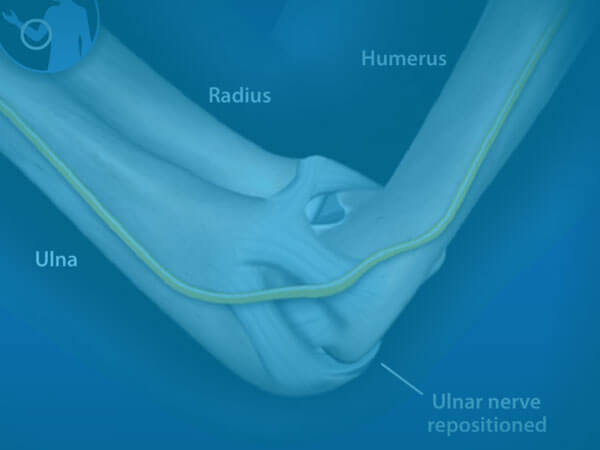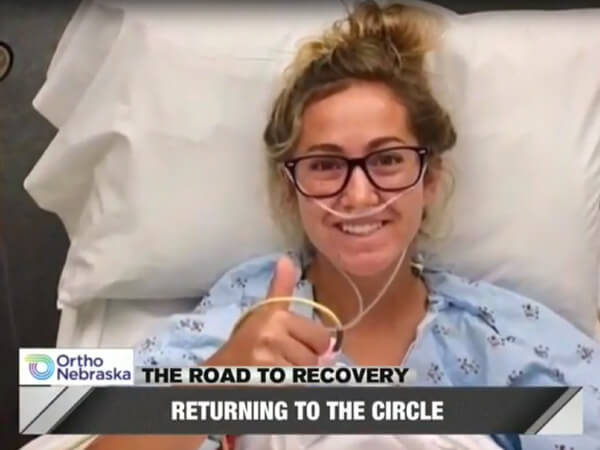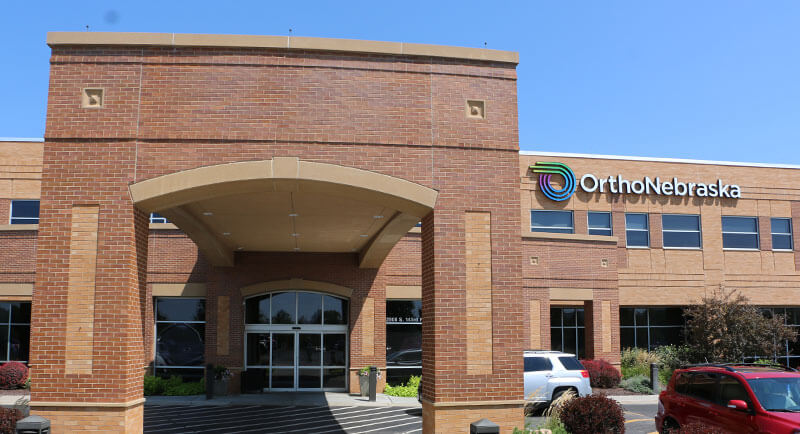What is an Ulnar Nerve Surgery?
The surgeon will physically release or move the nerve within the arm to avoid compression as the elbow is bent during day-to-day activities. The incision is made on the inner arm.
Who should have an Ulnar Nerve Surgery?
This surgery is a more permanent solution to the problems with finger coordination or numbness that accompany cubital tunnel syndrome and the ulnar nerve being compressed or irritated.
You and your doctor may consider this surgery if:
- Anti-inflammatory medications, splints or braces do not effectively resolve symptoms
- Finger coordination problems or weakness affect your work or day-to-day activities
Does an Ulnar Nerve Surgery work?
Ulnar Nerve surgery carries the same risks as any open surgical procedure, including blood clotting, infection and others. The surgery has a low rate of other complications. The success rate is higher for people who opt for surgery soon after the cubital tunnel syndrome diagnosis. This is not a very common surgery, so it helps to choose a surgeon who specializes in the elbow. OrthoNebraska performs more of these surgeries than other local hospitals.
What can I expect when I have an Ulnar Nerve Surgery?
After you schedule surgery, you may need a pre-surgical physical to make any necessary accommodations based on your health history. When you arrive at the hospital, you’ll speak to your surgeon and anesthesiologist. The surgery can be performed under both general anesthesia (patient is fully asleep) or regional anesthesia (local pain control, you stay awake), depending on the individual. It is outpatient, meaning barring rare complications, you will go home the same day.
A soft dressing will need to be worn around the elbow to secure it in its new position for about 7-10 days. After that, physical therapy is usually initiated to return range of motion. After about three to six months, depending on the individual, people should expect to be fully recovered.










